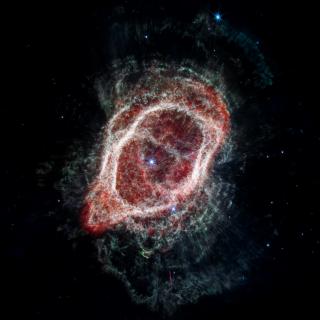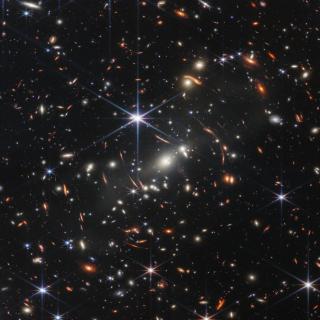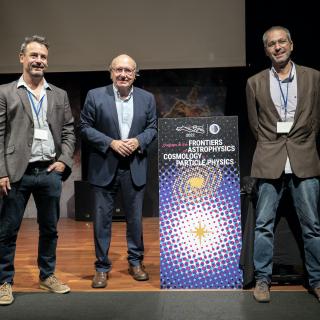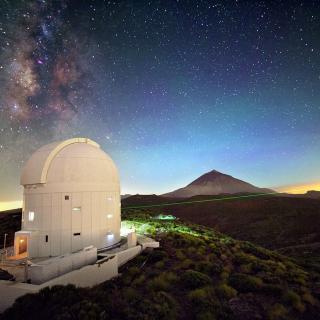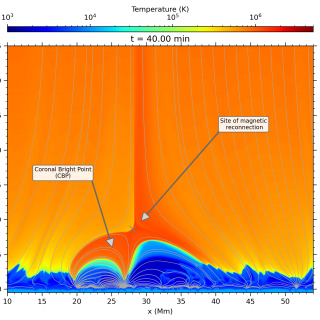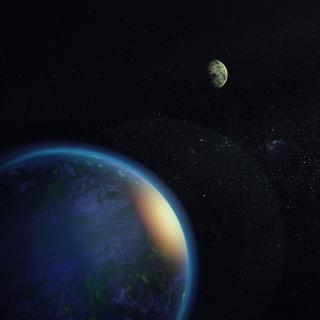
An international scientific team led by researchers at the Instituto de Astrofísica de Canarias (IAC) has discovered the presence of two planets with Earth-like masses in orbit around the star GJ 1002, a red dwarf not far from the Solar System. Both planets are in the habitability zone of the star “Nature seems bent on showing us that Earth-like planets are very common. With these two we now know 7 in planetary systems quite near to the Sun” explains Alejandro Suárez Mascareño, an IAC researcher, who is the first author of the study accepted for publication in Astronomy & Astrophysics. The
Advertised on
